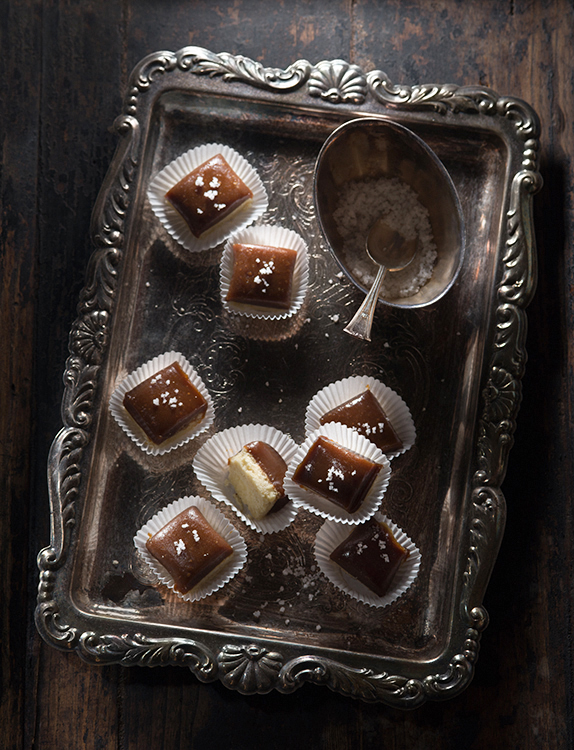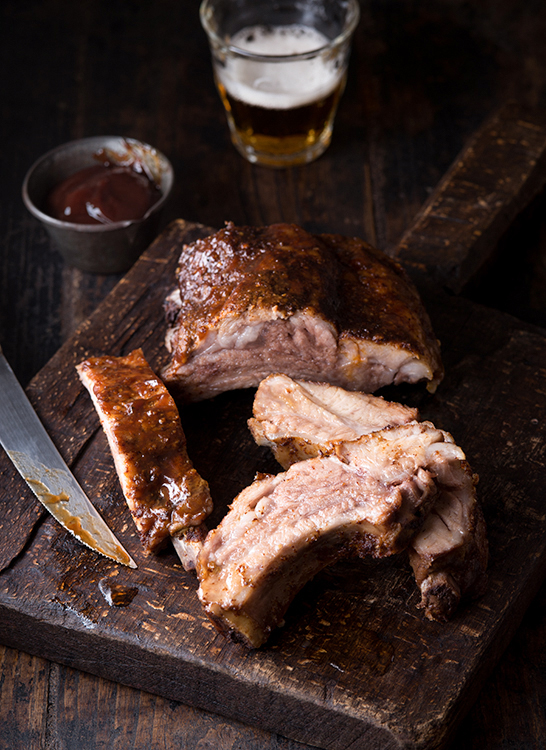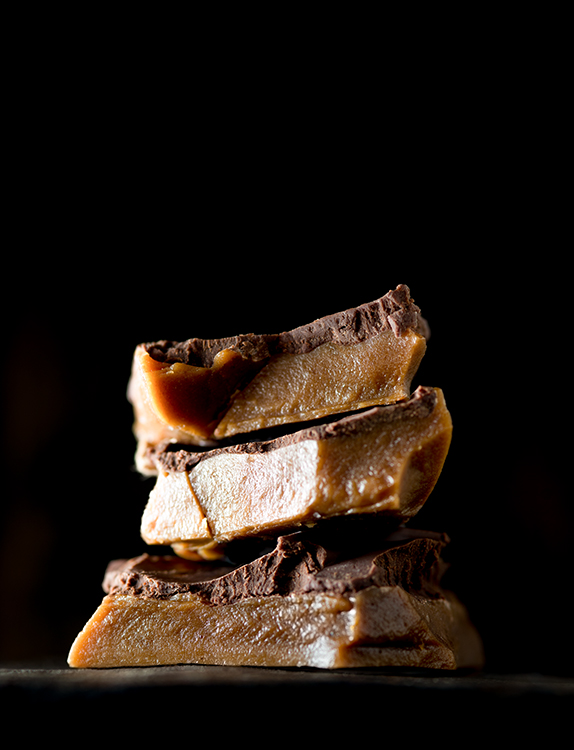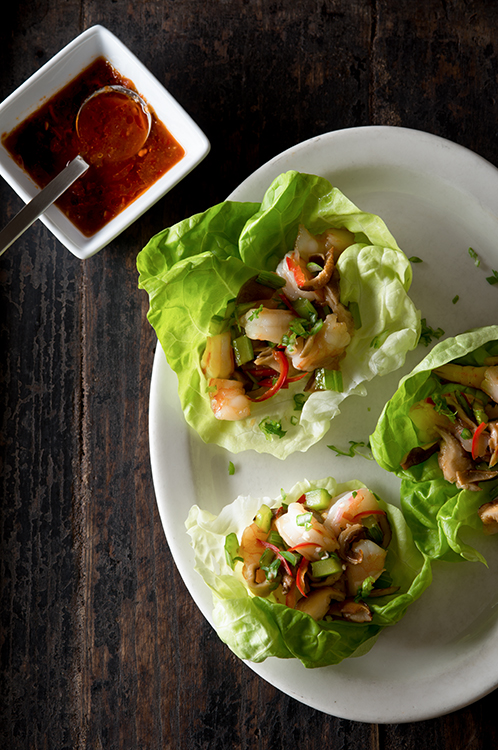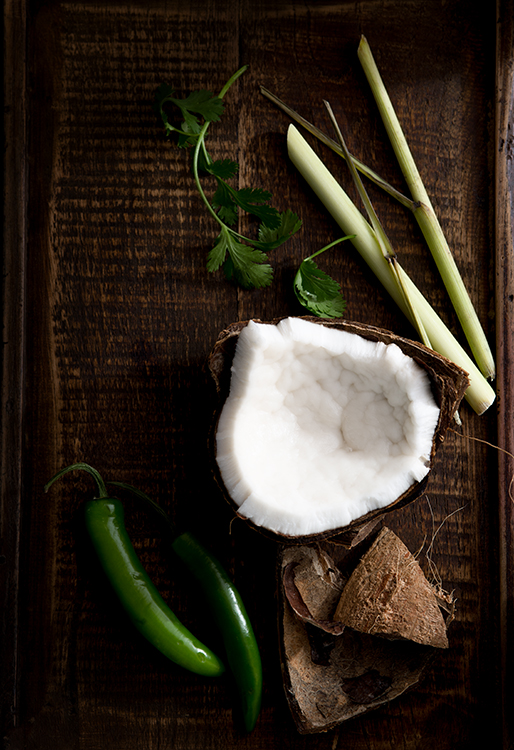Introduction
Food photography is experiencing unprecedented popularity in recent times. The internet is overflowing with captivating food images, and social media platforms like Pinterest and Instagram inundate users with a constant stream of food photos. In this vast sea of content, it can be challenging to make your food photos stand out. Fortunately, there are several effective tips you can follow to ensure that your food photos capture attention and garner the recognition they deserve. In this article, we will explore five invaluable tips that will undoubtedly help elevate your food photography skills and enable your photos to make a lasting impact.
Tip #1: Don’t be afraid of shadows
Shadows can significantly enhance the visual appeal and realism of food photography. They create texture, add depth, and evoke a particular mood in your food images. Contrary to popular belief, embracing shadows in your photos can be beneficial. To create visually appealing and realistic shadows, position your light source from either the back or the side of the food at a low angle. This will result in shadows with proper darkness and definition. Restrict the use of reflectors or avoid them altogether to maintain the desirable shadows in your composition.
For example, in the photo of salted caramel candy, the photographer allowed the light to fall onto the set from the back at a low angle, without using any reflectors. This choice emphasized the dark shadows, resulting in a visually striking and realistic image.
Tip #2: Imply action
Action in food photography can captivate viewers by making them feel directly involved in the scene. Incorporating literal action, such as capturing a hand holding a hamburger or a stream of syrup poured over a stack of pancakes, creates a sense of engagement. However, there are also subtler ways to suggest action in your photos.
One effective method is highlighting freshly poured beverages, such as a glass of beer. As viewers are cognizant of the fleeting lifespan of foam on beer, they can infer that someone has just poured the drink. This subtle suggestion of action generates intrigue and adds an interactive element to the composition.
Tip #3: Point your lens up at tall and stacked food
Shooting subjects from a low angle is a distinctive technique that can produce captivating images, particularly when photographing tall or stacked food items. While not commonly employed in food photography, this angle helps create a sense of grandeur and emphasizes the impressive nature of the subject.
By shooting from a slightly lower vantage point, food items like towering cakes or stacked burgers appear larger and more imposing. However, it is worth noting that this technique may not be suitable for flat foods like pizzas, as it may distort their appearance.
Tip #4: Create visual contrast
Visual contrast is essential in food photography to make images visually stimulating and eye-catching. You can achieve contrast by incorporating different shapes and colors into your composition.
Experimenting with shapes, such as mixing round and rectangular elements in your photo, creates an interesting visual dynamic. For instance, contrasting a square dish with round lettuce cups can be visually striking and add intrigue to the overall composition.
Additionally, utilizing complementary colors from opposite sides of the color wheel, such as red and green or blue and orange, can enhance contrast in your food photos. An excellent example of this concept is featuring red sauce alongside green lettuce, showcasing the contrasting colors and creating a visually appealing composition.
Tip #5: Leave negative space in the image
Contrary to the notion of filling every corner of the frame with food or props, leaving negative space in your food photos can be advantageous. Negative space refers to the empty areas in a composition, and its presence allows the main subject to stand out and breathe. It prevents viewers from feeling overwhelmed or claustrophobic.
While there are no rigid rules about where to leave negative space in food photography, employing the rule of thirds often produces pleasing compositions. Imagine dividing your photo into nine equal parts using two horizontal and two vertical lines. Positioning your subject on or near the intersecting points of these lines and leaving the remaining space empty can create a visually balanced composition.
Consider this example: a photograph capturing various Thai curry ingredients. By using the rule of thirds, the photographer strategically placed the subject along the intersecting lines, leaving generous negative space. This composition allows viewers to focus on the main subject while maintaining the overall aesthetic appeal.
Conclusion
Mastering the art of food photography involves taking your food images to the next level and captivating your audience in a sea of visual content. By following these five invaluable tips, you can significantly enhance the impact of your food photos. Embrace shadows, imply action, experiment with angles, create visual contrast, and strategically leave negative space. These techniques will not only make your food photos stand out but also inspire further creativity and exploration in your food photography journey. Share your own tips and experiences in the comments below and further contribute to the ever-growing community of food photography enthusiasts.
The article is compiled and compiled by tipcamera.com


